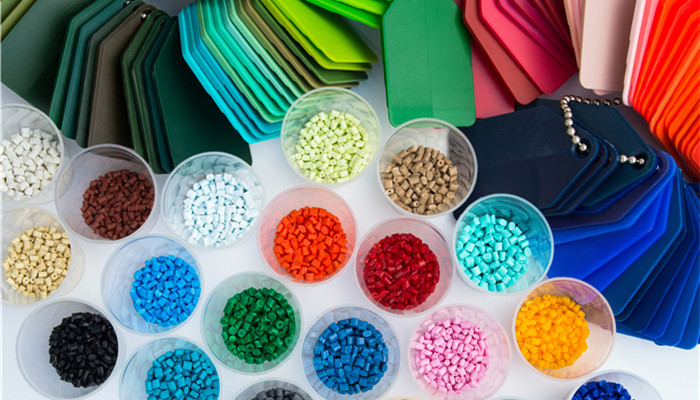
The global biopolymer film market size will reach US$4.07 billion in 2021
Biopolymer film is a film made from biologically derived products and is a biodegradable film product. Biopolymer films can be divided into several categories according to raw materials: bio-based, microbial synthesis, partial bio-based, etc.; according to technology, they can be divided into sol-gel technology, atomic layer deposition (ALD) technology, and multi-layer technology; according to products, they can be divided into It is divided into: polylactic acid (PLA) film, polyhydroxybutyrate (PHB) film, polyhydroxyalkanoate (PHA) film, polyvinyl alcohol (PVA) film, polyamide film, etc.
Biopolymer films can be used in a wide range of fields, covering the food and beverage industry, daily chemical products industry, pharmaceutical industry, agriculture and other fields. In recent years, with the further advancement and implementation of global plastic restriction orders, biopolymer films have good environmental benefits and economic benefits have developed rapidly. According to the released “In-depth Market Research and Investment Strategy Suggestions Report on Biopolymer Film Industry 2022-2026”, the global market in 2021 The biopolymer film market size is approximately US$4.07 billion, and it is expected that the scale will maintain a rapid compound growth rate of 8.4% from 2022 to 2028.
From a regional perspective, biopolymer films are developing rapidly in North America and Europe, especially in the food packaging field. For example, due to the zero toxicity and environmental protection of biopolymer films, the US FDA has established a directive for the use of biopolymer films in food packaging applications. Manufacturing companies in Europe have increased their efforts in developing this product and continue to innovate products and technologies. The Asia-Pacific region has great potential for future development, mainly due to the increasing awareness of reducing plastic waste pollution in the Asia-Pacific region, the developed food industry in the Asia-Pacific region, and the huge market space for food packaging.
Among various biopolymer film products, polylactic acid (PLA) has a prominent market performance. PLA is a biodegradable aliphatic thermoplastic polyester, mainly obtained from renewable resources, and has compostable and thermoplastic properties. PLA also displays thermal, mechanical and barrier properties compared to other types of synthetic polymers such as polystyrene and ethylene terephthalate. The product is mainly used in compost bags, disposable tableware, bulk packaging , disposable tableware, etc.
Global biopolymer film manufacturers are mainly concentrated in Europe and the United States. The main manufacturers include Avery Dennison Corporation, Taghleef Industries, Mondi Group, Plastic Union NV, NatureWorks LLC, Innovia Films, BASF SE, Evonik Industries AG, Industria Termoplastica Pavese SpA (ITP ), Braskem SA, Yield10 Bioscience, Inc., Toray Industries Inc., Amcor Ltd., BioBag International AS, Klöckner Pentaplast and others.
Investment analysts pointed out that the main factor limiting the global use of biopolymer films is the high cost of the product. The technology is not mature enough, product yields are low, and biopolymer films are three to four times more expensive than polyethylene films. In addition, there is still a certain gap between biopolymer films and traditional plastic packaging in terms of product performance, which limits the use of this product.

 微信扫一扫打赏
微信扫一扫打赏

